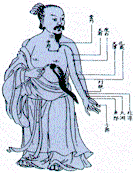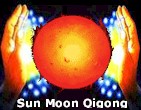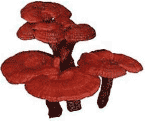
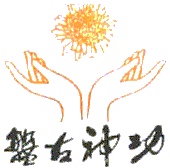


by Heiner Fruehauf, PhD, LAc
|
Back to Chinese Medicine in Crisis: Science, Politics and the Making of TCM (1) 3) In the Name of Progress: The Introduction of "Superior Methodology," "Scientific Standards," and "Research Axioms" During the 1980s and 1990s Another blow to the integrity of the traditional system, or what was left of it, occurred during the period of 1980-85. At this time, the concept of "Chinese medicine improvement by methodology research" (zhongyi fangfa lun yanjiu) was introduced. The political leaders of TCM colleges, i.e. the communist party secretaries who are generally more influential than the president, selected several fashionable theories of Western science and applied them to the domain of Chinese medicine -- once again motivated by the habituated resolve to "further evolve" the field. These endeavors were generally characterized by the attempt to sanctify the "scientific character" of selected aspects of Chinese medicine, and consequently, by denying scientific validity (and the ensuing right to be preserved and transmitted) to others. During the period in question, the theories elected for this purpose were cybernetics (kongzhi lun), system science (xitong lun), and information theory (xinxi lun). The result of this "assistance" was the affirmation of the TCM system on theoretical grounds. The methodologists concluded that Chinese medicine classics such as the Yellow Emperor's Classic of Medicine (Huangdi Neijing) already contain evidence of these progressive theories in embryonic form, apparently recommending an affirmative stance toward the tradition of Chinese medicine. On the other hand, this position always implied that the classics were like dinosaurs -- interesting to look at in a museum, but, in terms of their pragmatic value in a contemporary environment, vastly inferior to the eloquent treatises of information theory, cybernetics, and other domains of modern science. As a result, many TCM colleges actually established museums, and many publishers dared again to issue reprint editions of classical texts. The original regard for the classics as the primary source of clinical information, however, dwindled as the presence of original texts in the curriculum became minimized. Again, it was a situation where a group of individuals with no traditional medical background attempted to "reform" Chinese medicine-motivated by ideological rather than clinical considerations. The 1990s, in the opinion of many of my more classically oriented teachers and myself, have seen the most severe erosion of traditional core values. I will cite the following reasons for this assessment:
4) Voices of Dissent: The Call for a Renaissance of Classical Chinese Medicine
In recent years, the unique characteristics of Chinese medicine, its advantages over Western medicine, and its standards of academic excellence have not been developed according to the wishes of the people, but have rather been tossed into a state of severe crisis and chaotic actions. Underneath the bright and cheap glitter at the surface, the essence and the characteristics of Chinese medicine are being metamorphosed and annihilated at a most perturbing rate. The primary expression of this crisis is the Westernization of all guiding principles and methodologies of Chinese medicine.10 Other notable members of this critical group were Cui Yueli (Ministry of Health), Fang Yaozhong (Chinese TCM Research Academy), Deng Tietao (Guangzhou University of TCM), Fu Jinghua (Chinese TCM Research Academy), Li Zhichong (Chinese TCM Association), and Zhu Guoben (National Ministry of TCM). In 1997, the topic of the erosion of Chinese medicine integrity had become prevalent enough for a major publisher to bring these dissenting voices from the obscurity of back door communications to the fore by publishing them in a two volume set, entitled Pondering Core Issues of Chinese Medicine (Zhongyi Chensi Lu). Scholars of lower administrative rank, however, remained careful to voice their opinion in public. Advising me on the details of this essay in 1999, for instance, one of my Chinese mentors encouraged me to publish the facts of the century-long "TCM Crisis" abroad, while choosing to circulate the Chinese translation of the article among students and colleagues at his institutions only in unpublished form. In recent years, however, the critical examination of the present TCM model has reached a level of unprecedented openness in China. In the year 2002, from the safe haven of a Hong Kong teaching position and backed by the preface of Deng Tietao, by now the most prominent sponsor of the classical essence movement, the scholar Li Zhichong published a volume of essay collections entitled Advocating the Renaissance of Chinese Medicine (Zhongyi Fuxing Lun). Featuring highly provocative section headings such as "Liberating Ourselves From the Century Old Straightjacket of Delusion in Chinese Medicine" or "Westernization -- the Mortal Wound of Chinese Medicine," these essays distinguish themselves not only by way of candor, but also by delineating clear guidelines for a renaissance of the classical science of Chinese medicine. Here is a sample of the new tone introduced by Li's book: It is sad to see that because of several decades of wasted efforts and misguided energy, the core essence of Chinese medicine has virtually been lost by the ignorant people who, from the top of their lungs, have been chanting the mantra of 'modernization.' Even though the outer shell of Chinese medicine education is still there -- the tall buildings, the books and the students and the instructors, and the herbs that fill the markets in abundance -- the real science of our medicine, especially the true essence of our theoretical foundations has been lost almost in its entirety, or has become little more than an empty slogan. As an old Chinese saying goes, "When seeking the longevity of a tree one must safeguard its roots -- this 'root,' that is the theoretical foundation of our field. A 'flourishing' without root...is like an empty shell without hun or po."11 During the following year, my colleague and friend Liu Lihong (Guangxi University of TCM) published his passionate plea for a return to the medical values delineated in the classics. Deeply motivated by his Buddhist ethics and the spiritual debt he felt he owed his teachers, he further articulated the newfound stance of the classicist reformer and has since emerged as China's most popular voice expressing the sense of cultural loss surrounding the traditional knowledge system of Chinese medicine as well as other time-honored arts and sciences. While Liu's publisher was originally doubtful to be able to sell the 2,000 copies of the first edition, his book has since experienced the printing of eight editions within one year. In addition, several Chinese medicine universities in China and the United States, including Guangzhou University of TCM and my own school, National College of Natural Medicine, have required their faculty members to read Contemplating Chinese Medicine. Here are two examples of the author's fervent style: Let us be honest and examine what are the motivating factors for the average student to enter the field of Chinese medicine-primarily not reaching a high enough score during the university entrance exam to be accepted at good modern science colleges such as Qinghua University or Beijing University, or worse, not even making it into the average trade school. Out of the disappointed "oh, what to do now?" then comes the decision to enter Chinese medicine training. Is there anybody anywhere whose exam scores were good enough to go to Beijing or Qinghua but then chose to study Chinese medicine instead? I don't know of a single person! This is how most of our students come into the field nowadays -- without an ounce of positive motivation. How could someone like this ever become a master in our field?12 My recommendation is the following: if we really intend to move the profession of Chinese medicine forward and bring out its precious potential, we need to go beyond the status quo of memorizing the medical technicalities of TCM, and be open to becoming illuminated to the deeper layers of its scientific paradigms, its philosophy, and its art. This cannot be achieved without a deep understanding of the teachings transmitted in the classics.13 Liu's forthright approach has since met with approval in the leadership of his home province, Guangxi. In the fall of 2004, he received permission to start an educational research institute with the goal of inviting exceptional Chinese medicine elders ignored by the institutionalized TCM system to transmit their clinical knowledge to motivated disciples, many of them experienced physicians, doctoral level students, and practitioners returning from abroad. The first "resident elder" of the institute is Dr. Li Ke, a physician known for his successful track record of treating acute stages of heart attack, stroke, kidney failure, and other emergency disorders with Chinese herbs (administered through nasal tubes).14 See Classical Chinese Medicine vs Traditional Chinese Medicine
Notes: 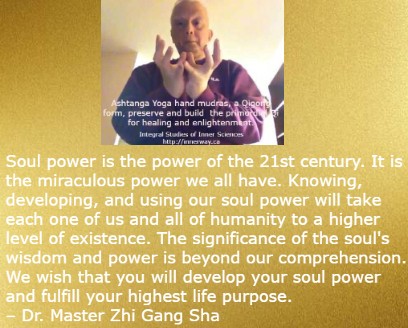 Soul power is developed and used by Tao Healing Hands Practitioner 
Meditation and Qigong books and DVDs on Functional Medicine Six healing Qigong sounds book at https://www.amazon.com/dp/0988050269 The Meditation and Qigong Mastery book at https://www.amazon.com/dp/0987781901 Return to Oneness with the Tao book at https://www.amazon.com/dp/0987781960 Return to Oneness with Spirit through Pan Gu Shen Gong book at https://www.amazon.com/dp/0987781979 Keys to Healing and Self-Mastery according to the Hathors book at Return to Oneness with Shiva book at Oneness with Shiva book at The Cure & Cause of Cancer book at
To order the Maitreya (Shiva) Shen Gong & Omkabah Heart Lightbody Activation DVDs with shipping, cost $60, with a 2-page Healing Conscious Mind Encodements (pdf) enclosedplease click the Paypal button below:
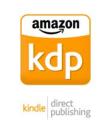
 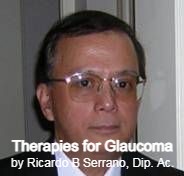 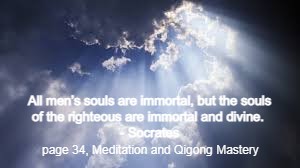 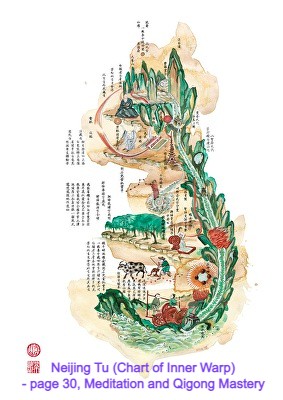 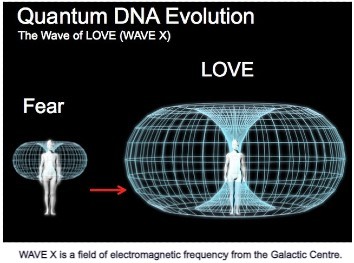  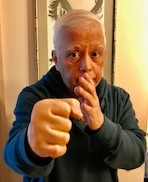 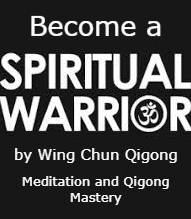 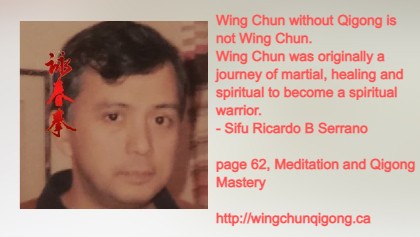  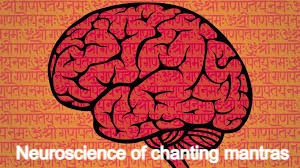 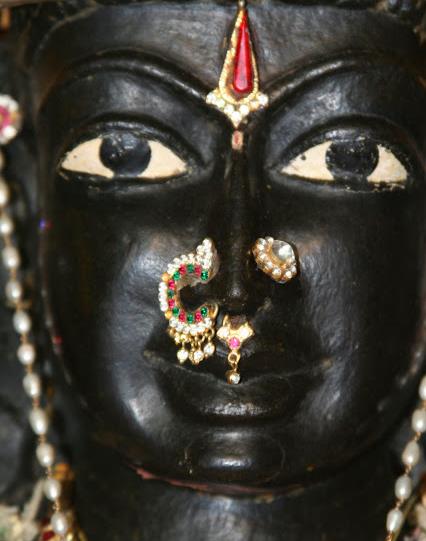 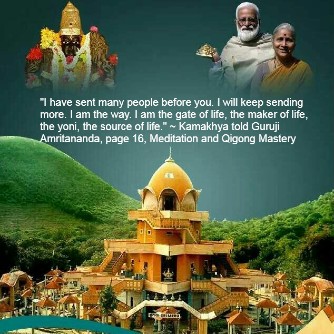   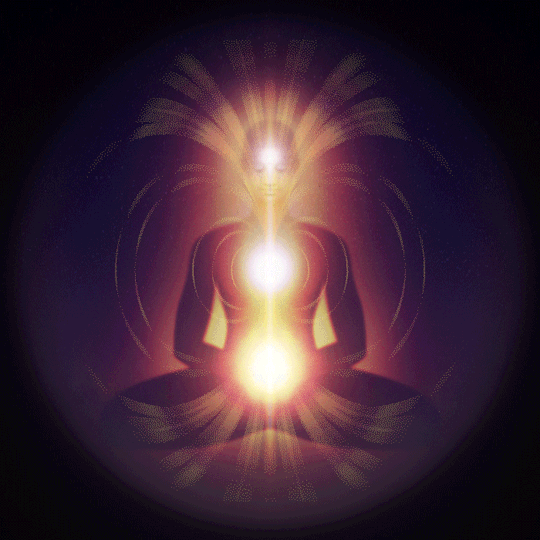 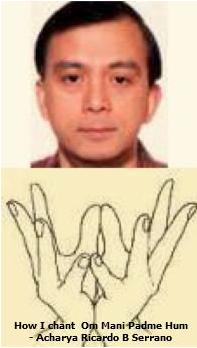  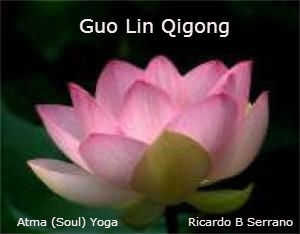  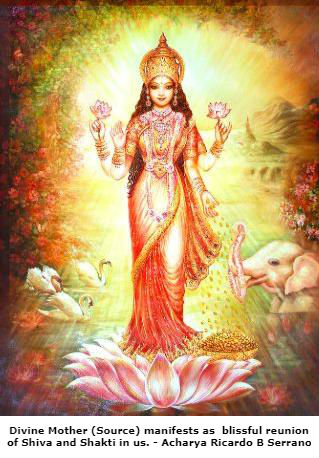 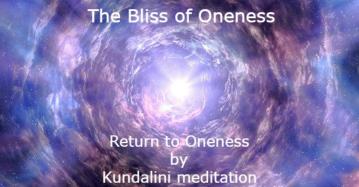 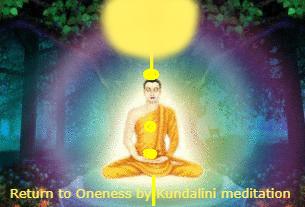 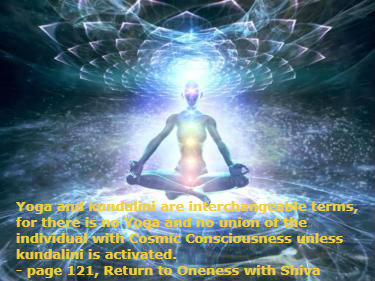 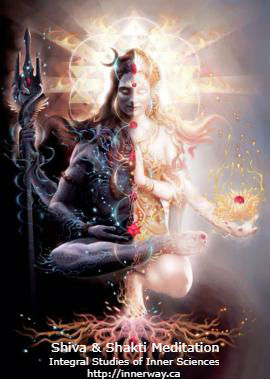 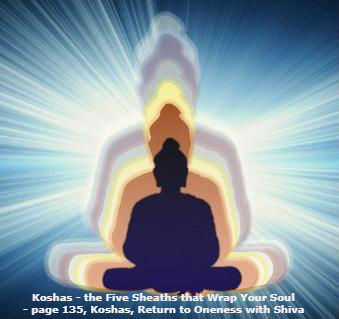 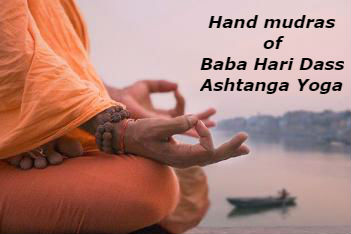 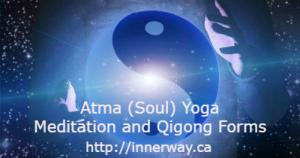

 
 Contact qi-healer@qiwithoutborders.org Updated January 26, 2006 by  |
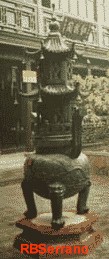 Similar to earlier waves of elder physician protest, the increasingly declining depth of teaching and practice modes during the 1990s brought about polarization and internal dissent. While policy makers were interested in the appearance of a united front, a group of concerned scholars and administrators wrote letters to government leaders and editors of TCM journals, and circulated critical memorandums at scholarly meetings. In a communique entitled "A Call to Correct the Developmental Direction of Chinese Medicine and to Preserve and Cultivate the Unique Characteristics of Our Field," Lu Bingkui, former director of the TCM section of the P.R.C. Ministry of Health, wrote in 1991:
Similar to earlier waves of elder physician protest, the increasingly declining depth of teaching and practice modes during the 1990s brought about polarization and internal dissent. While policy makers were interested in the appearance of a united front, a group of concerned scholars and administrators wrote letters to government leaders and editors of TCM journals, and circulated critical memorandums at scholarly meetings. In a communique entitled "A Call to Correct the Developmental Direction of Chinese Medicine and to Preserve and Cultivate the Unique Characteristics of Our Field," Lu Bingkui, former director of the TCM section of the P.R.C. Ministry of Health, wrote in 1991:


